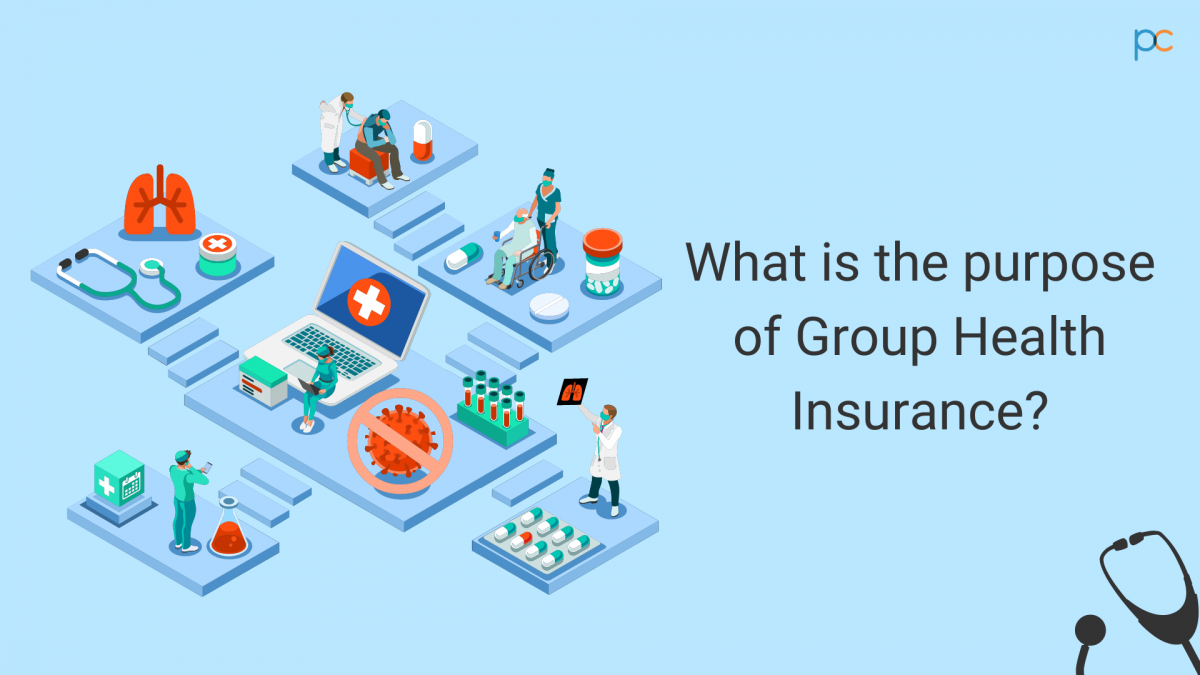Not known Facts About Pacific Prime
Wiki Article
What Does Pacific Prime Mean?
Table of ContentsSome Of Pacific PrimeFascination About Pacific PrimeNot known Factual Statements About Pacific Prime Some Known Factual Statements About Pacific Prime The Main Principles Of Pacific Prime

This is due to the fact that the data were gathered for a duration of strong economic efficiency. Of the approximated 42 million individuals who were uninsured, almost about 420,000 (regarding 1 percent) were under 65 years old, the age at which most Americans come to be qualified for Medicare; 32 million were adults between ages 18 and 65, around 19 percent of all grownups in this age; and 10 million were kids under 18 years old, concerning 13.9 percent of all kids (Mills, 2000).
These price quotes of the variety of individuals uninsured are generated from the annual March Supplement to the Present Populace Survey (CPS), conducted by the Census Bureau. Unless otherwise kept in mind, nationwide price quotes of individuals without medical insurance and proportions of the population with different type of insurance coverage are based upon the CPS, one of the most extensively used source of estimates of insurance protection and uninsurance prices.
Getting The Pacific Prime To Work

Still, the CPS is particularly helpful because it produces yearly quotes fairly rapidly, reporting the previous year's insurance protection estimates each September, and because it is the basis for a regular collection of quotes for more than two decades, enabling analysis of fads in protection in time. For these factors, along with the substantial use of the CPS in various other research studies of insurance protection that are presented in this record, we rely upon CPS estimates, with constraints noted.

The estimate of the variety of uninsured individuals expands when a populace's insurance condition is tracked for numerous years. Over a three-year period starting early in 1993, 72 million people, 29 percent of the united state population, lacked insurance coverage for at least one month. Within a single year (1994 ), 53 million individuals experienced a minimum of a month without insurance coverage (Bennefield, 1998a)
6 out of every ten without insurance adults are themselves used. Although functioning does improve the chance that a person and one's relative will have insurance, it is not a warranty. Also members of households with two full time breadwinner have nearly a one-in-ten chance of being without insurance (9.1 percent without insurance rate) (Hoffman and Pohl, 2000).
The Definitive Guide for Pacific Prime
New immigrants represent a substantial proportion of individuals without health insurance coverage. One evaluation has associated a considerable section of the recent growth in the size of the U.S. without insurance populace to immigrants that got here in the country between 1994 and 1998 (Camarota and Edwards, 2000). Recent immigrants (those who concerned the USA within the previous 4 years) do have a high price of being uninsured (46 percent), however they and their children make up simply 6 percent of those without insurance across the country (Holahan et al., 2001).The partnership between health insurance coverage and access to care is well established, as documented later in this chapter. Although the relationship between medical insurance and health results is neither direct nor simple, a substantial professional and wellness solutions research study literature links health insurance protection to better accessibility to care, much better high quality, and enhanced personal and population wellness standing.
Levels of evaluation for checking out the results of uninsurance. This discussion of medical insurance coverage concentrates mostly on the U.S. populace under age 65 since practically all Americans 65 and older have Medicare or other public insurance coverage. It concentrates particularly on those without any health and wellness insurance for any kind of length of time.
Getting The Pacific Prime To Work
The troubles encountered by the underinsured remain in some areas comparable to those faced by the uninsured, although they are typically less severe. global health insurance. Uninsurance and underinsurance, nonetheless, entail noticeably various plan problems, and the methods for addressing them may differ. Throughout this study and the five reports to follow, the major emphasis gets on individuals without any health and wellness insurance coverage and thus no support in paying for healthcare past what is readily available with charity and security net institutions
Medical insurance is a powerful visite site element impacting receipt of care since both individuals and doctors react to the out-of-pocket price of solutions - https://www.figma.com/file/DQaAURKv0Xz32XUI9NJXrd/Untitled?type=design&node-id=0%3A1&mode=design&t=rR5Yq5DjXQg5AhnB-1. Medical insurance, nonetheless, is neither essential neither enough to get accessibility to medical services. The independent and direct result of health and wellness insurance coverage on accessibility to health solutions is well developed.
Others will certainly acquire the health and wellness care they need also without medical insurance, by spending for it out of pocket or seeking it from service providers that offer treatment complimentary or at highly subsidized prices. For still others, medical insurance alone does not make certain receipt of treatment because of various other nonfinancial barriers, such as an absence of wellness care carriers in their neighborhood, minimal access to transport, illiteracy, or linguistic and cultural distinctions.
Facts About Pacific Prime Uncovered
Formal study concerning uninsured populations in the United States dates to the late 1920s and early 1930s when the Committee on the Expense of Healthcare generated a collection of records about financing physician office check outs and hospital stays. This concern came to be salient as the numbers of medically indigent climbed throughout the Great Clinical depression.Report this wiki page